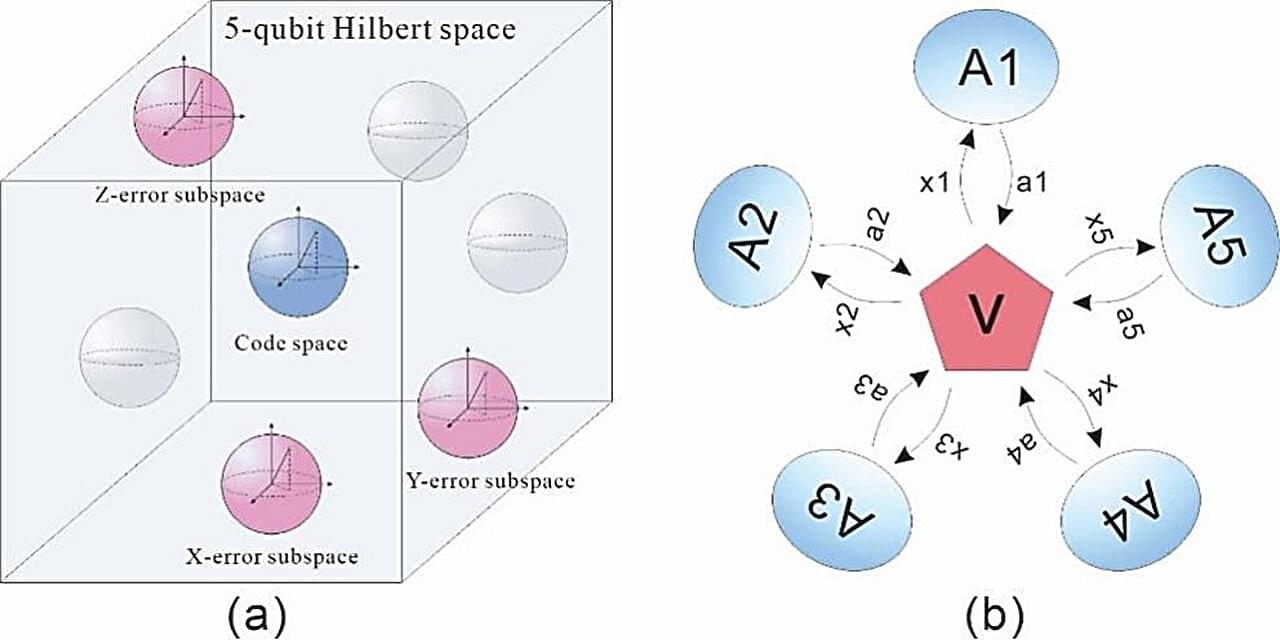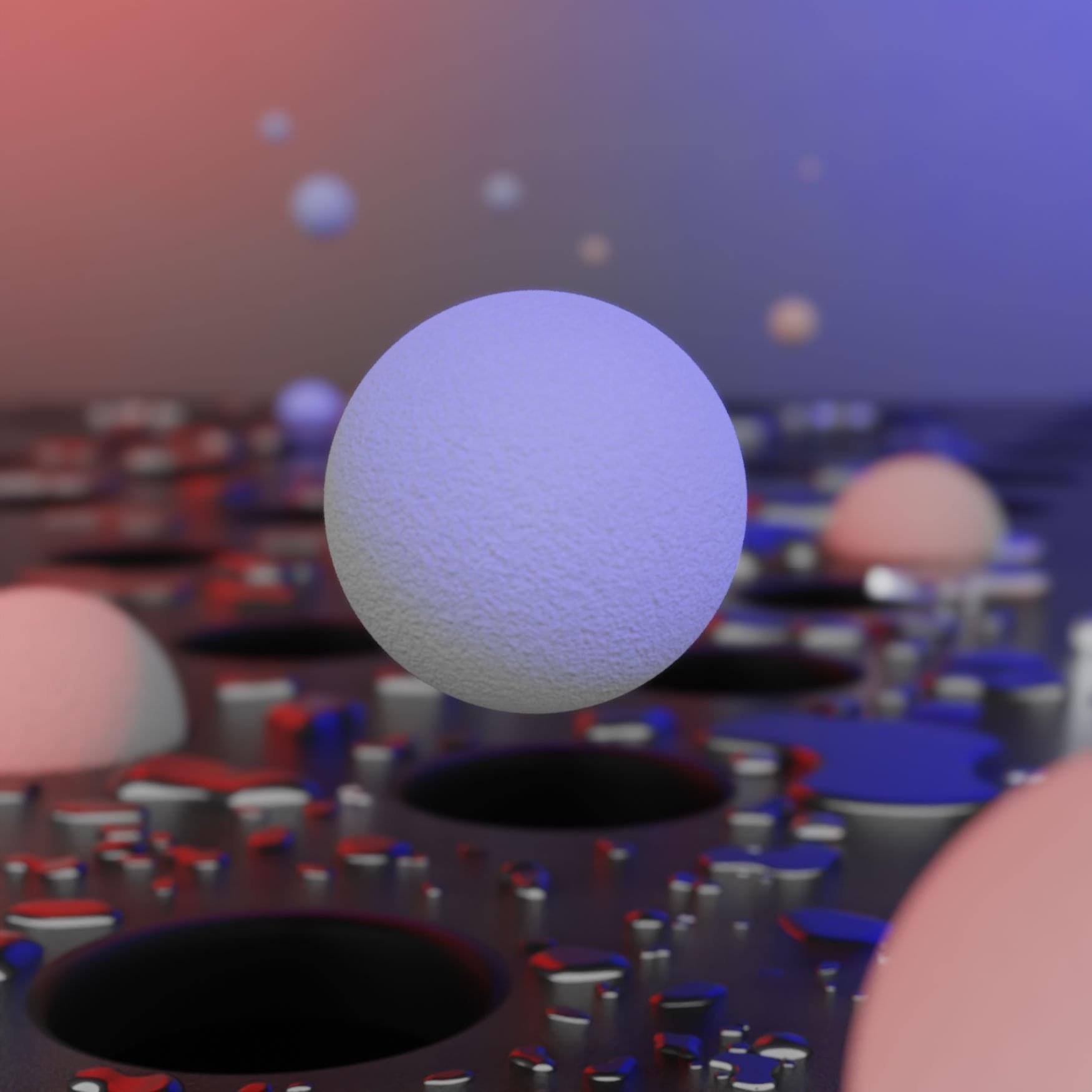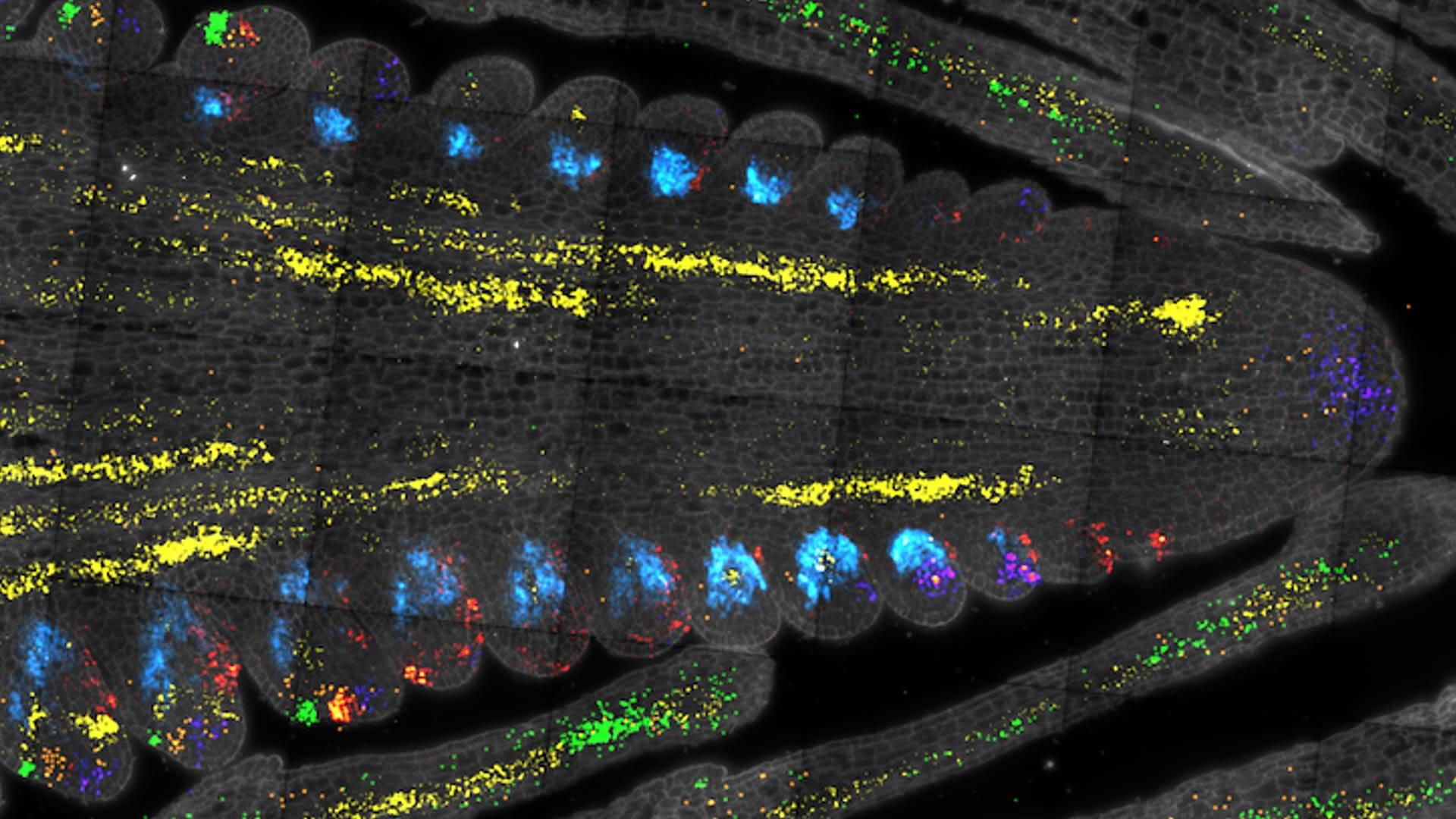In a study published in Reports on Progress in Physics, researchers have achieved device-independent characterization of genuinely entangled subspaces (GESs) in both optical and superconducting quantum systems, completing the self-checking of the five-qubit error correction code space.
In quantum information, genuinely multipartite entangled states require the existence of entanglement correlations between any two subsystems within the system. The GES constituted by the states has application value especially in designing quantum error-correcting codes. By encoding quantum information in the subspace, it can prevent error propagation caused by local decoherence.
Scientists have constructed a new Bell inequality based on the stabilizer code framework constructed, and the entangled subspace can be universally characterized by using it. Any quantum state (including mixed states) within this subspace could maximally violate this inequality, providing a theoretical basis for the self-testing of genuine entangled subspaces.








